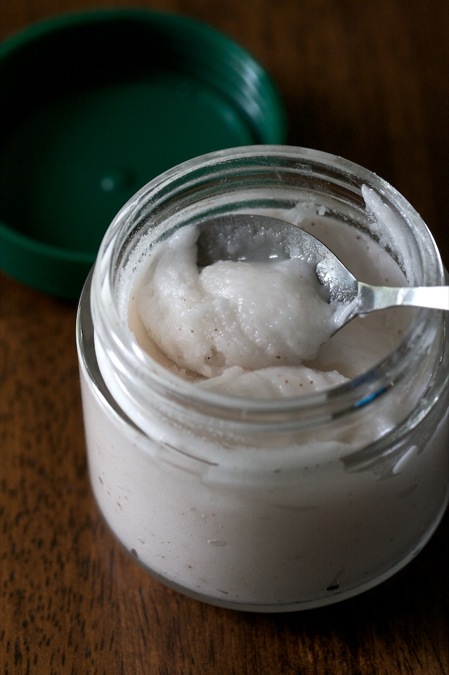Peroxide therapy caused a patient’s death in South Carolina
WEST COLUMBIA , S.C. — When Katherine Bibeau’s body arrived at the morgue, she was covered in large, deep purplish-black bruises. But the woman had not been abused, Gary Watts discovered. She had bled internally, and massively, after receiving an unconventional aid for multiple sclerosis. Intravenous infusions of hydrogen peroxide, applied by a physician named James Shortt, had produced bubbles in Bibeau’s bloodstream that caused organ failure and cardiac arrest. This case and the death of another of his infusion patients have put Shortt at the center of a controversy over a treatment that its opponents say has no proven benefits and serious risks.
Some 150,000 infusions of the chemical are given each year across the nation as a treatment for a variety of diseases.
Shortt, who is fighting to keep his medical license, denies harming anybody. “I might be the world’s greatest lunatic,” he says, but “I’m not going to do anything to my patients that I think might hurt them.”
At the root of hydrogen peroxide’s purported power is the same action that makes it foam when placed on a cut. Proponents of oxidative or “hyperoxygenation” therapy believe that many diseases — including cancer and HIV — can be linked to oxygen deficiency. They say that infusion or even ingestion of substances such as hydrogen peroxide, ozone and germanium sesquioxide deliver an “oxidative burst” that can kill cancer cells and viruses, and encourage the immune system.
Shortt says he has been a believer since infusion guru Dr. Charles Farr helped him save a lupus patient’s blackened toes from amputation.
Shortt says he has administered as many as 1,800 hydrogen peroxide treatments to patients from all over the world, and has seen people in the midst of severe asthma attacks during an infusion.
On a recent day at his clinic, Health Dimensions, patients occupied two of the dozen black leather chaises arranged in a spacious lounge off the waiting room. They watched videos as IV bags of yellowish and clear liquid emptied slowly into veins in their left hands.
Many of his patients, Shortt says, come to him when modern medicine has no effect.
“We go to work from this point where you’re hopeless,” the 58-year-old said in a recent telephone interview.
But health experts say injecting hydrogen peroxide directly into the bloodstream can cause convulsions, anemia and deadly gas emboli.
Katherine Bibeau, a 53-year-old mother of two from Cottage Grove , Minn. , was diagnosed with multiple sclerosis in the year 2001.
The gardener and baker, whom husband, David, has described as “June Cleaver with an attitude”, was a breast cancer survivor. So when she was confronted with a degenerative and incurable disease, she searched for ways to combat it.
That search led her to Dr. Shortt.
“Hydrogen peroxide would be very good to kill whatever’s in there,” Shortt told her in February over the phone, according to a transcript of the taped consultation. “Because, right now, we don’t know what it is.”
March 9, 2004, she sat in one of those chairs in West Columbia as a 0.03 percent solution of hydrogen peroxide was administered through her veins. That first treatment lasted 90 minutes.
Afterward, Bibeau complained of abdominal pain and nausea, according to a federal lawsuit the family filed against Shortt. Two days later, the suit contends, she returned to Shortt’s clinic extremely weak, with bruising at the infusion site and severe vaginal bleeding.
The lawsuit alleges that Shortt ignored these signs of “acute hemolytic crisis” and failed to order a blood work-up for Bibeau, or to refer her to another physician. Shortt, while acknowledging that hydrogen peroxide therapy can destroy red blood cells after repeated treatments, denies those allegations. 

When she arrived at the hospital on March 12, Bibeau was in multiple-organ failure. After two days, she was dead.
In July, a second patient of Shortt’s died. His name was Michael Bate, a 66-year-old retired engineer. He had advanced prostate cancer.
Bate’s wife, Janet, said he received eight hydrogen peroxide infusions, along with other treatments. (Bate also obtained the banned, discredited drug laetrile. Shortt acknowledges showing Bate how to use it after Bate made it clear he intended to do so against Shortt’s advice.) In this case, too, the physician has denied doing anything to harm his patient.
In September, armed state and federal officers raided Shortt’s office and confiscated his files.
Later that month, the South Carolina Board of Medical Examiners demanded an emergency suspension of Shortt’s medical license.
Seeking support, Shortt traveled to the October conference, in Atlanta , of the International Oxidative Medicine Association, which developed the regimens he used. The group found that Shortt had followed its “well-established” protocols.
In its position paper, the group’s president, Dr. Robert Rowen, instead zeroed in on two FDA-approved drugs that Bibeau had previously been prescribed: the MS drug Copaxone and Tegretol, which is used to treat seizure disorders.
Rowen noted that among Copaxone’s listed side effects are “metorrhagia (profuse uterine bleeding), thrombosis, bruising, clotting problems, and infections.” An Internet site dedicated to Tegretol warns of “easy bruising, or reddish or purplish spots on the skin” as possible “signs of a blood disorder brought on by the drug.”
Rowen says it is “more than reasonable to conclude” that the interaction of these two drugs was “the proximate cause of this death.”
Shortt says he knew of no reason his treatment would react negatively with the drugs Bibeau was taking. He did not tell her to drop those medications.
Richland County forensic pathologist Clay Nichols says Bibeau had been on both drugs for more than a year “with no adverse effects.”
As the investigations go forward, Shortt has voluntarily ceased performing hydrogen peroxide infusions. The South Carolina medical board has scheduled a Jan. 21 hearing to revisit his case.
Coroner Watts stands by his conclusions.
“I don’t think he meant to kill her,” Watts says. “I’m just saying … she died as a result of his infusing her with something he shouldn’t have infused her with.”
January 2, 2005
By ALLEN G. BREED The Associated Press






